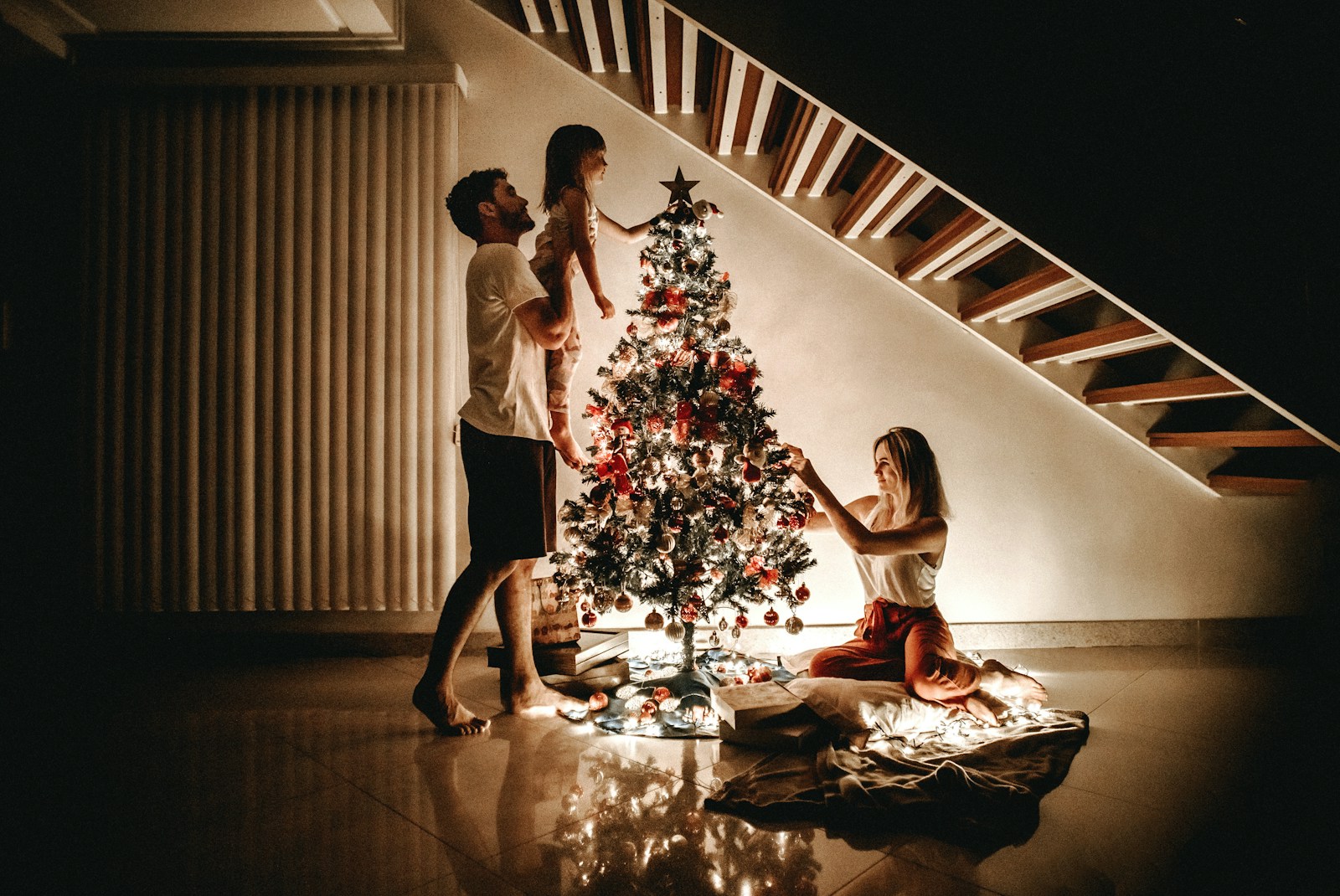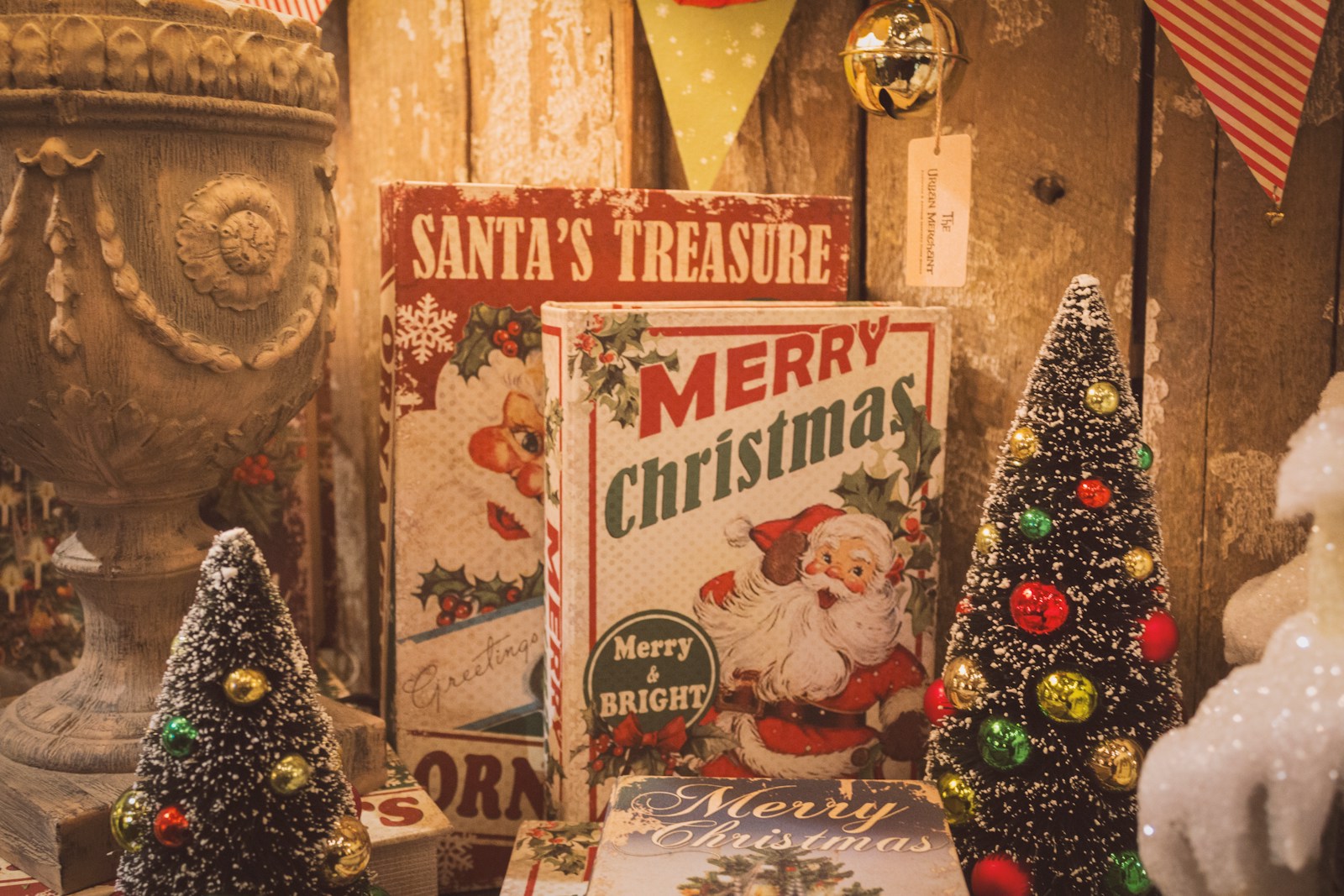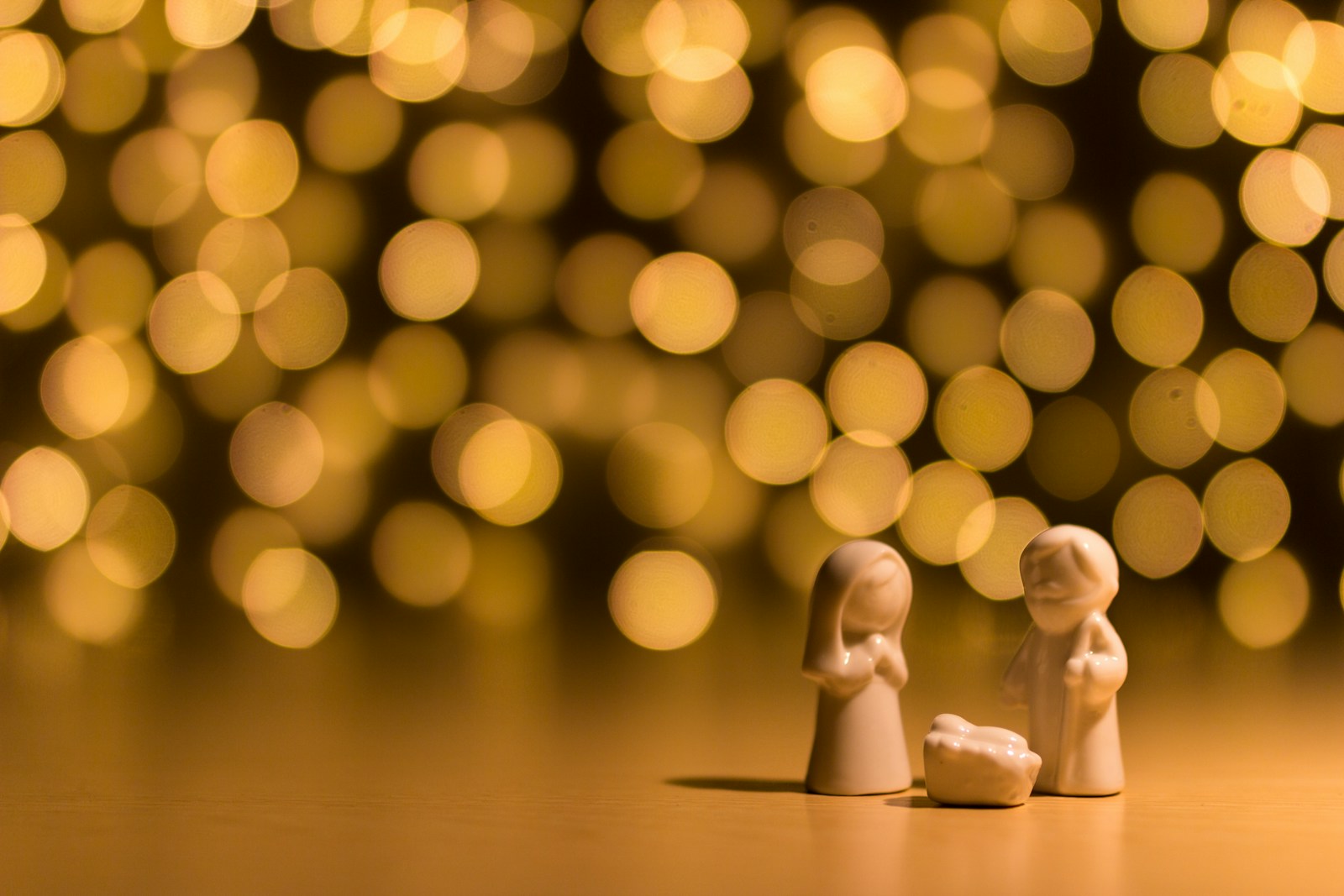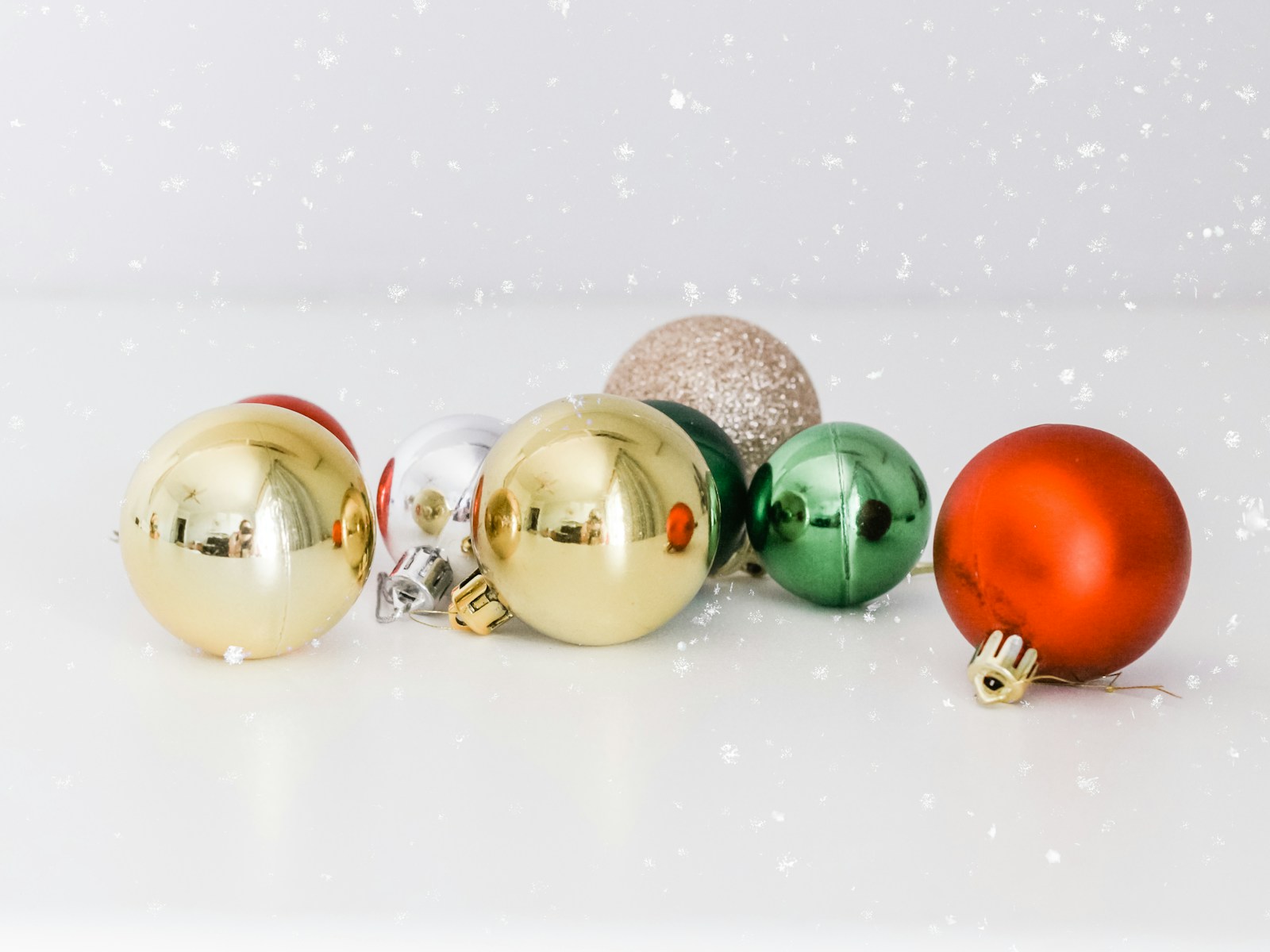During the late 19th and early 20th centuries, the commercialization of Christmas resulted in the mass production of Christmas collectibles.
This period marked a significant shift in the way people adorned their homes for the holidays, with the introduction of glass ornaments, tinsel, and electric lights becoming increasingly popular. These innovations transformed the way Christmas was celebrated and paved the way for the modern-day market for Christmas vintage collectibles.
Following World War II, there was a resurgence of interest in Christmas collectibles as people sought out ways to bring joy and nostalgia back into their lives. This led to a renewed appreciation for vintage Christmas ornaments and decorations, as well as a rise in handmade items and unique finds. The evolving trends in Christmas collectibles reflect not only changing tastes and preferences but also the enduring appeal of tradition and nostalgia during the holiday season.
The Origins of Christmas Decorations
The practice of decorating the home during the winter holiday season dates back to ancient times, with roots in various cultures and traditions. One of the earliest recorded instances of Christmas decorations can be traced to ancient Romans, who adorned their homes with greenery such as holly and ivy during the festival of Saturnalia. This celebration, held in honor of the god Saturn, involved feasting, gift-giving, and the display of evergreen plants as symbols of renewal and hope for the coming spring.
Similarly, the ancient Druids of Europe also used evergreen plants to decorate their homes during the winter solstice as a reminder of the enduring cycle of life. The custom of decorating with greenery eventually evolved to include other elements such as candles, fruits, and eventually, ornaments like handcrafted wooden decorations and homemade paper chains. As Christianity spread throughout Europe, these traditional pagan customs were adapted and incorporated into the celebration of Christmas, giving rise to the rich tapestry of holiday decorations we know today.
The Rise of Vintage Christmas Ornaments
Vintage Christmas ornaments have experienced a resurgence in popularity as collectors seek out unique and nostalgic pieces to adorn their holiday trees. These ornaments, often crafted by hand and featuring intricate designs, hold a special charm that brings a touch of old-world elegance to modern Christmas celebrations. From delicate glass ornaments to intricate wooden figures, vintage Christmas decorations evoke a sense of nostalgia and tradition that appeals to collectors of all ages.
The appeal of vintage Christmas ornaments lies not only in their aesthetic beauty but also in the stories they carry. Each ornament bears traces of the past, reflecting the craftsmanship and traditions of bygone eras. Whether it’s a hand-painted bauble from the early 20th century or a whimsical figurine from the 1950s, every vintage ornament has a story to tell, making it a cherished addition to any collection of holiday decor.
Exploring the Role of Santa Claus in Holiday Collectibles
For many collectors, Santa Claus holds a special place in the world of holiday collectibles. The jolly figure of Santa has become an iconic symbol of Christmas, representing the spirit of giving and joy during the festive season. Over the years, Santa Claus has been depicted in various forms, from figurines to ornaments, showcasing his evolution in holiday collectibles.
Santa Claus collectibles often feature him in his traditional red suit, white beard, and iconic hat. These items evoke feelings of nostalgia and warmth, making them popular among collectors looking to add a touch of whimsy to their holiday decor. Whether it’s a vintage Santa figurine or a modern Santa ornament, these pieces often hold sentimental value for many individuals, as they symbolize the magic and wonder of Christmas.
The Influence of Victorian Era on Christmas Collectibles
During the Victorian era, the tradition of decorating Christmas trees became increasingly popular among the upper class in England. Queen Victoria and Prince Albert were often portrayed in newspapers with their elaborately adorned Christmas tree, sparking a trend that soon spread throughout England and later to the United States. The Victorian influence on Christmas collectibles can be seen in the intricately designed ornaments and decorations that were used to adorn these trees, with an emphasis on elegance and luxury.
Christmas collectibles from the Victorian era often featured intricate details and delicate craftsmanship, reflecting the opulence and glamour of the time. Ornaments depicting angels, snowflakes, and other festive motifs were commonly used, alongside decorations made from delicate materials such as glass, porcelain, and tinsel. The Victorian era played a significant role in shaping the aesthetics of Christmas collectibles, setting a standard for traditional and ornate decorations that are still cherished by collectors today.
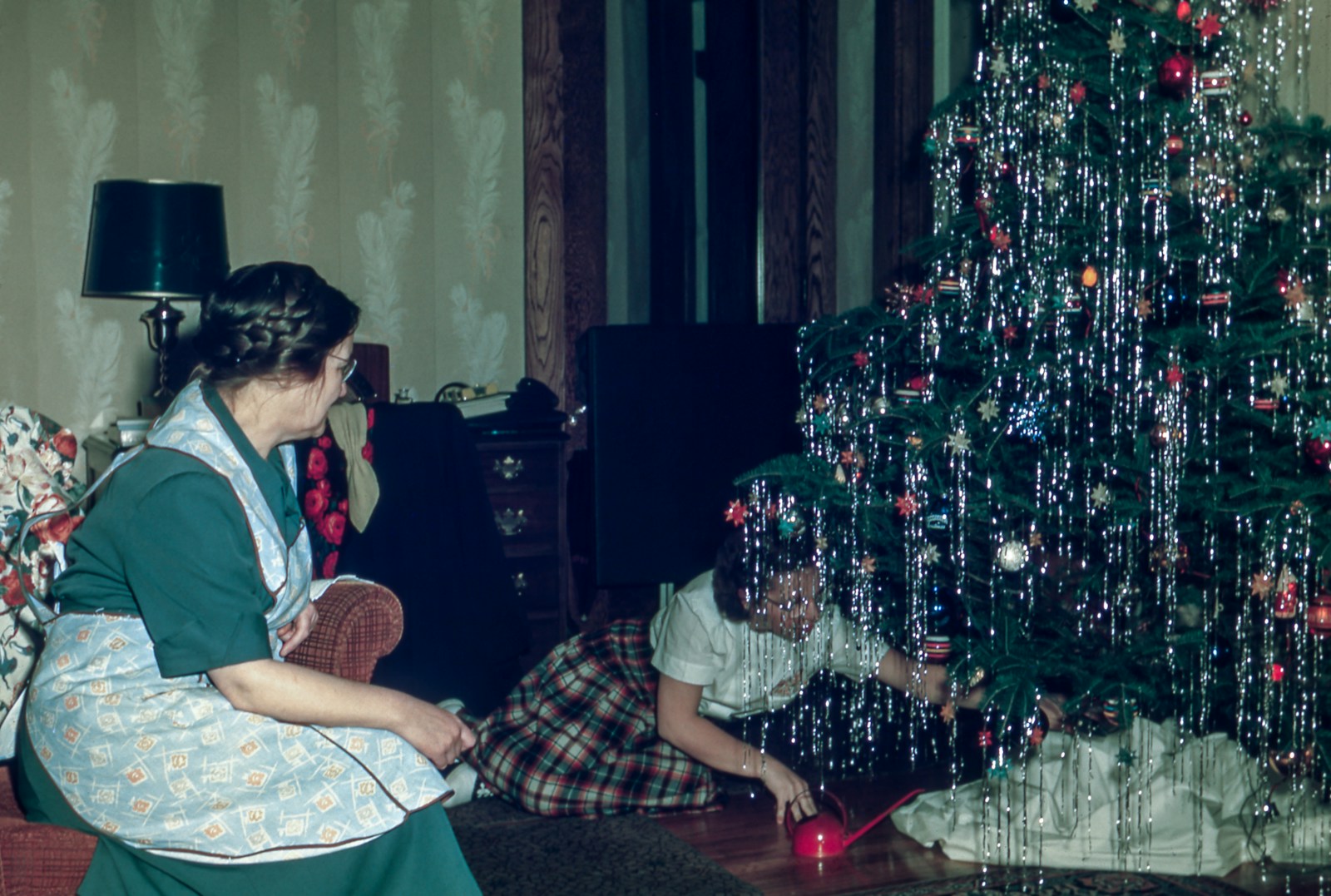
The Impact of World Wars on Christmas Collectibles
World Wars I and II significantly shaped the evolution of Christmas collectibles, particularly in Europe where the conflicts took place. During the turbulent times of war, traditional materials such as glass and metal were scarce, leading to a shift towards more humble materials like paper and cardboard for Christmas decorations. This practical adaptation not only reflected the economic constraints and rationing of resources but also showcased the resilience and creativity of individuals striving to maintain festive traditions amidst chaos.
Moreover, the themes portrayed in Christmas collectibles during this period also underwent transformation. War-inspired motifs like patriotic symbols, peace doves, and military insignias were incorporated into ornaments and figurines to honor those serving on the front lines and to foster a sense of unity and hope during times of despair. The darker hues and somber designs reflected the somber mood of the era, highlighting the impact of global conflicts on the festive spirit and the adaptation of Christmas collectibles to reflect the prevailing social and political climate.
The Popularity of Handmade Christmas Decorations
Handmade Christmas decorations have experienced a resurgence in popularity in recent years. With an increasing focus on sustainability and uniqueness, many individuals are opting for one-of-a-kind pieces created by skilled artisans. These handmade decorations add a personal touch to holiday décor and showcase the appreciation for craftsmanship and creativity.
The charm of handmade Christmas decorations lies in their intricate details and the labor of love that goes into creating each piece. From hand-painted ornaments to knitted stockings, these items exude warmth and a sense of tradition that cannot be replicated by mass-produced decorations. As consumers seek out more meaningful ways to celebrate the holiday season, the demand for handmade Christmas decorations continues to grow.
The Tradition of Collecting Nativity Scenes
Nativity scenes hold a significant place in the tradition of collecting Christmas decor. Originating from the manger scene depicting the birth of Jesus Christ, these intricate displays have been cherished by collectors for centuries. Often crafted with great attention to detail, nativity scenes feature figures of the Holy Family, wise men, shepherds, and various animals, all symbolizing the story of the first Christmas.
Collectors of nativity scenes are drawn to the spirituality and reverence that these displays evoke during the holiday season. The practice of showcasing a nativity scene in homes or churches serves as a reminder of the true meaning of Christmas, beyond the commercialized aspects of the holiday. The gathering of these figurines and settings also reflects a sense of tradition and cultural heritage, making nativity scenes an integral part of Christmas celebrations for many.
Analyzing the Symbolism of Vintage Christmas Figurines
Vintage Christmas figurines hold a deep symbolism that reflects the values and beliefs of the era in which they were created. Santa Claus figurines, for example, are often seen as representations of generosity, kindness, and the spirit of giving. These figurines, usually depicted with a jolly face and a sack of gifts, embody the joy and magic of the holiday season while emphasizing the importance of spreading happiness to others.
On the other hand, nativity scene figurines portray the sacred story of the birth of Jesus Christ. Each figurine, from Mary and Joseph to the wise men and shepherds, holds a significant role in depicting the miracle of Christmas. These vintage figurines not only serve as decorative pieces but also serve as reminders of the religious roots of the holiday and the message of peace, hope, and salvation that Christmas brings to believers around the world.
The Modern-Day Market for Christmas Vintage Collectibles
In today’s market, Christmas vintage collectibles have seen a resurgence in popularity among collectors and enthusiasts alike. The allure of these nostalgic pieces lies in their timeless appeal and intricate craftsmanship, which evoke a sense of nostalgia and warmth during the holiday season. From delicate glass ornaments to hand-painted figurines, the charm of vintage Christmas collectibles continues to captivate individuals seeking to relive memories of yesteryears.
With the growing interest in sustainable and eco-friendly practices, the market for Christmas vintage collectibles has also been driven by a desire for unique, one-of-a-kind pieces that stand out amidst mass-produced decorations. Collectors are increasingly valuing the history and stories behind each vintage item, turning them into cherished heirlooms that are passed down through generations. As the market for Christmas vintage collectibles continues to evolve, it is clear that these timeless pieces hold a special place in the hearts of many, both for their aesthetic appeal and sentimental value.
